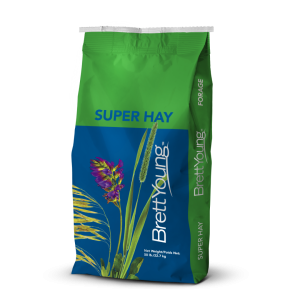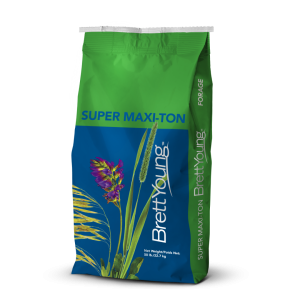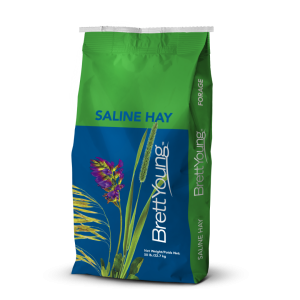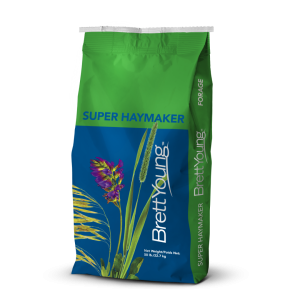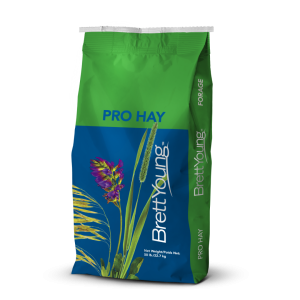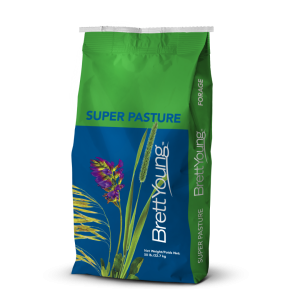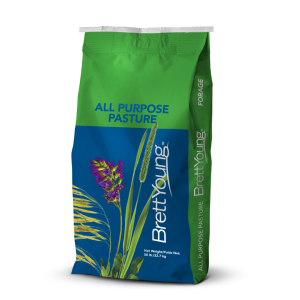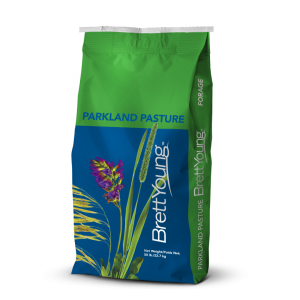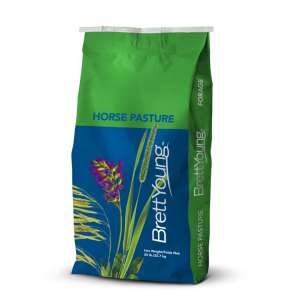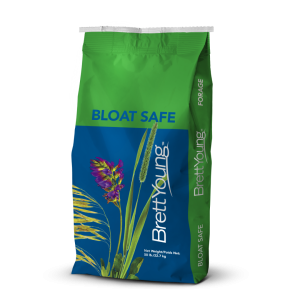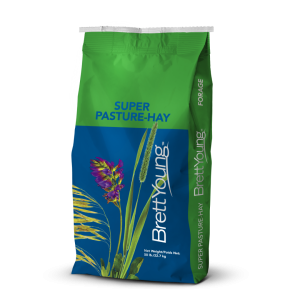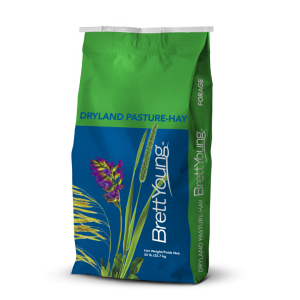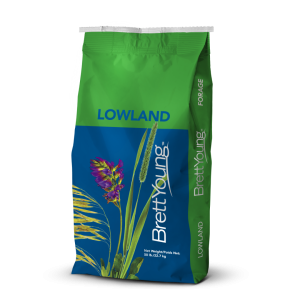Showing 1–15 of 766 results
-

#1 – Super Hay
Compare product- 65% Blend 4440 Alfalfa (Securus)
- 25% CDC Torsion/Fleet Meadow Bromegrass (Securus)
- 10% Catapult/Rasant Timothy
-

#2 – Super Maxi-Ton
Compare product- 90% Blend 4440 Alfalfa (Securus)
- 10% Catapult/ Rasant Timothy
-

#3 – Saline Hay
Compare product- 30% Barricade II Alfalfa (Securus)
- 30% AC Saltlander Wheatgrass (Securus)
- 15% Stronghold Alfalfa (Securus)
- 15% SWAJ/ Riding Brand Tall Fescue
- 10% Dahurian Wildrye
-

#4 – Super Haymaker
Compare product- 75% Blend 4440 Alfalfa (Securus)
- 25% CDC Torsion/ Fleet Meadow Bromegrass (Securus)
-

#5 – Pro Hay
Compare product- 60% Blend 4440 Alfalfa (Securus)
- 30% AAC Torque Hybrid Bromegrass (Securus)
- 10% Catapult/Rasant Timothy
-

#10 – Super Pasture
Compare product- 50% CDC Torsion/ Fleet Meadow Bromegrass (Securus)
- 25% Kirk Crested Wheatgrass
- 15% SWAJ/ Riding Brand Tall Fescue
- 10% Shift Alfalfa (Securus)
-

#11 – Super Grassland
Compare product- 30% CDC Torsion/Fleet Meadow Bromegrass (Securus)
- 20% SWAJ/Riding Brand Tall Fescue
- 20% Boreal Creeping Red Fescue
- 20% Trailburst/Glacier Brand Orchardgrass
- 10% Catapult/Rasant Timothy
-

#12 – All Purpose Pasture
Compare product- 55% CDC Torsion/ Fleet Meadow Bromegrass (Securus)
- 20% SWAJ/ Riding Brand Tall Fescue
- 20% Intermediate Wheatgrass
- 5% Foothold Alfalfa (Securus)
-

#13 – Parkland Pasture
Compare product- 50% CDC Torsion/ Fleet Meadow Bromegrass (Securus)
- 25% Trailburst/ Glacier Brand Orchardgrass
- 10% Shift Alfalfa (Securus)
- 10% Boreal Creeping Red Fescue
- 5% Tirem Kentucky Bluegrass
-

#14 – Horse Pasture
Compare product- 50% Boreal Creeping Red Fescue
- 20% Catapult/ Rasant Timothy
- 15% Bigbang Annual Ryegrass
- 10% Tirem Kentucky Bluegrass
- 5% Huia White Clover
-

#15 – Bloat Safe
Compare product- 45% CDC Torsion/ Fleet Meadow Bromegrass (Securus)
- 30% Cicer Milkvetch (Securus)
- 20% SWAJ/ Riding Brand Tall Fescue
- 5% Boreal Creeping Red Fescue
-

#20 – Super Pasture-Hay
Compare product- 50% CDC Torsion/ Fleet Meadow Bromegrass (Securus)
- 35% Trailburst/ Glacier Brand Orchardgrass
- 10% Catapult/ Rasant Timothy
- 5% Blend 4440 Alfalfa (Securus)
-

#21 – Super Cattleman’s/Premium Horse Hay
Compare product- 40% CDC Torsion/ Fleet Meadow Bromegrass (Securus)
- 20% SWAJ/ Riding Brand Tall Fescue
- 20% Shift Alfalfa
- 15% Trailburst/ Glacier Brand Orchardgrass
- 5% Catapult/ Rasant Timothy
-

#22 – Dryland Pasture-Hay
Compare product- 35% Kirk Crested Wheatgrass
- 25% CDC Torsion/ Fleet Meadow Bromegrass (Securus)
- 15% Carlton Smooth Bromegrass (Securus)
- 15% Spyder Alfalfa (Securus)
- 10% Pubescent Wheatgrass
-

#23 – Lowland
Compare product- 30% Reed Canarygrass (Securus)
- 20% SWAJ/ Riding Brand Tall Fescue
- 20% Catapult/ Rasant Timothy
- 15% Boreal Creeping Red Fescue
- 15% Alsike Clover

